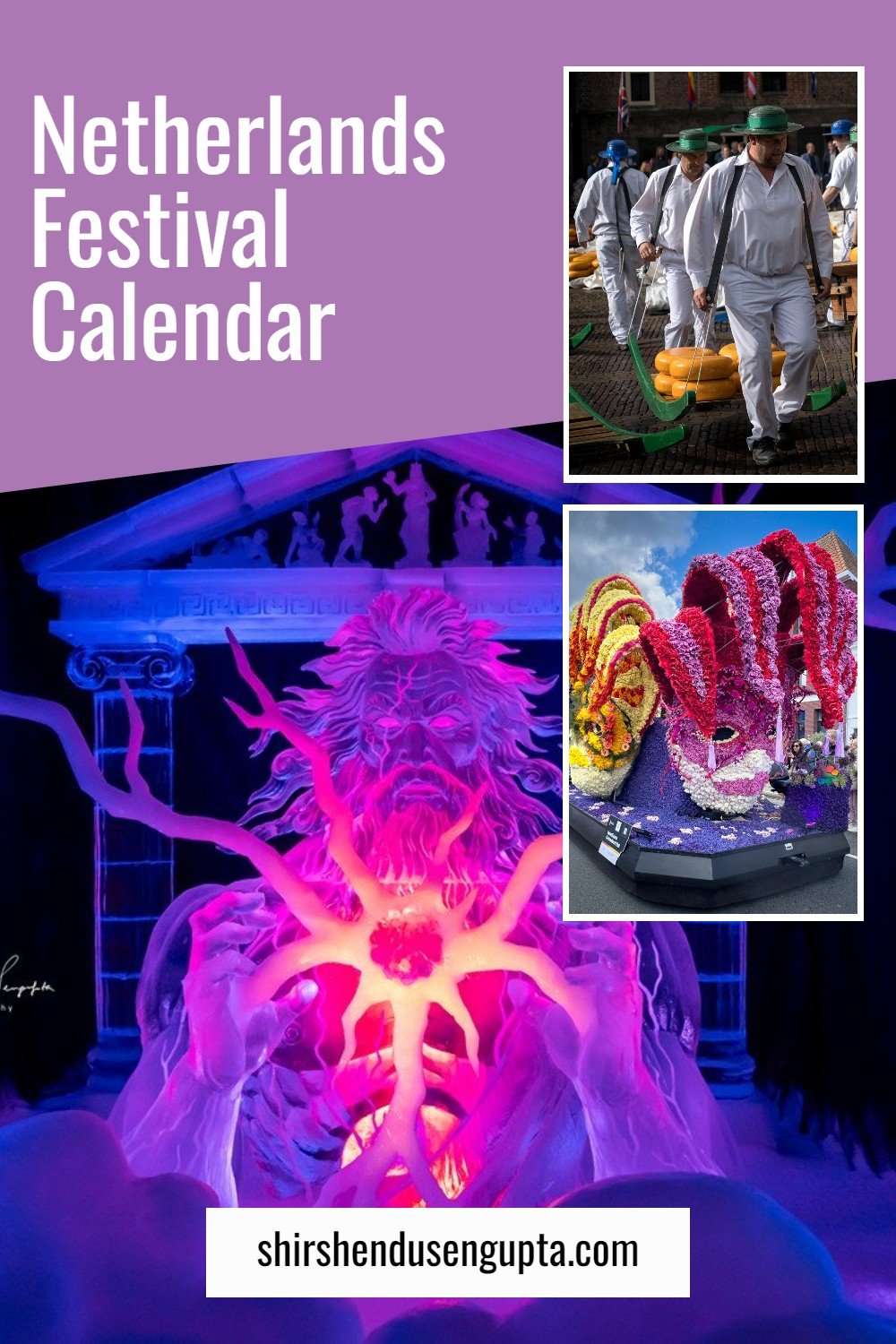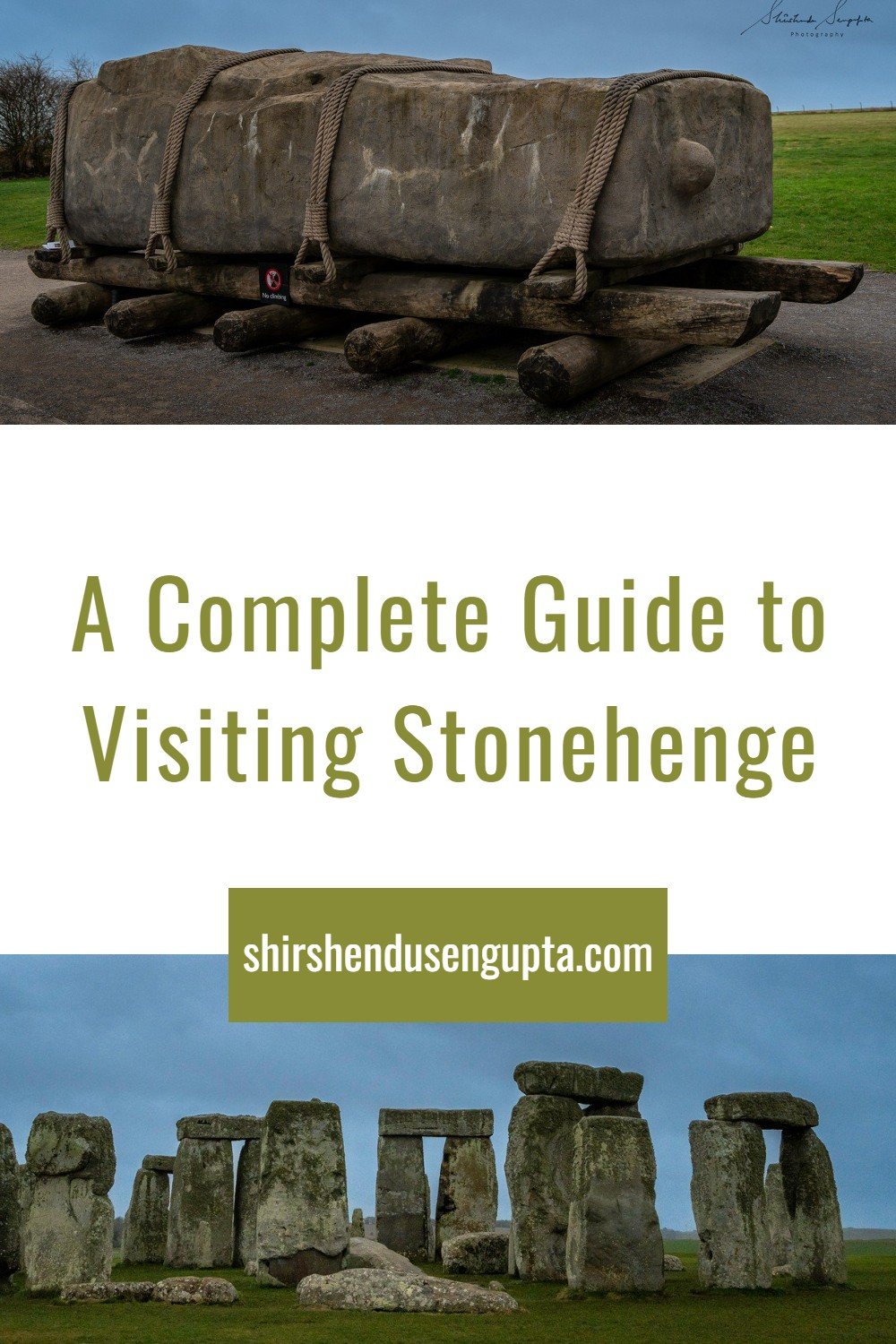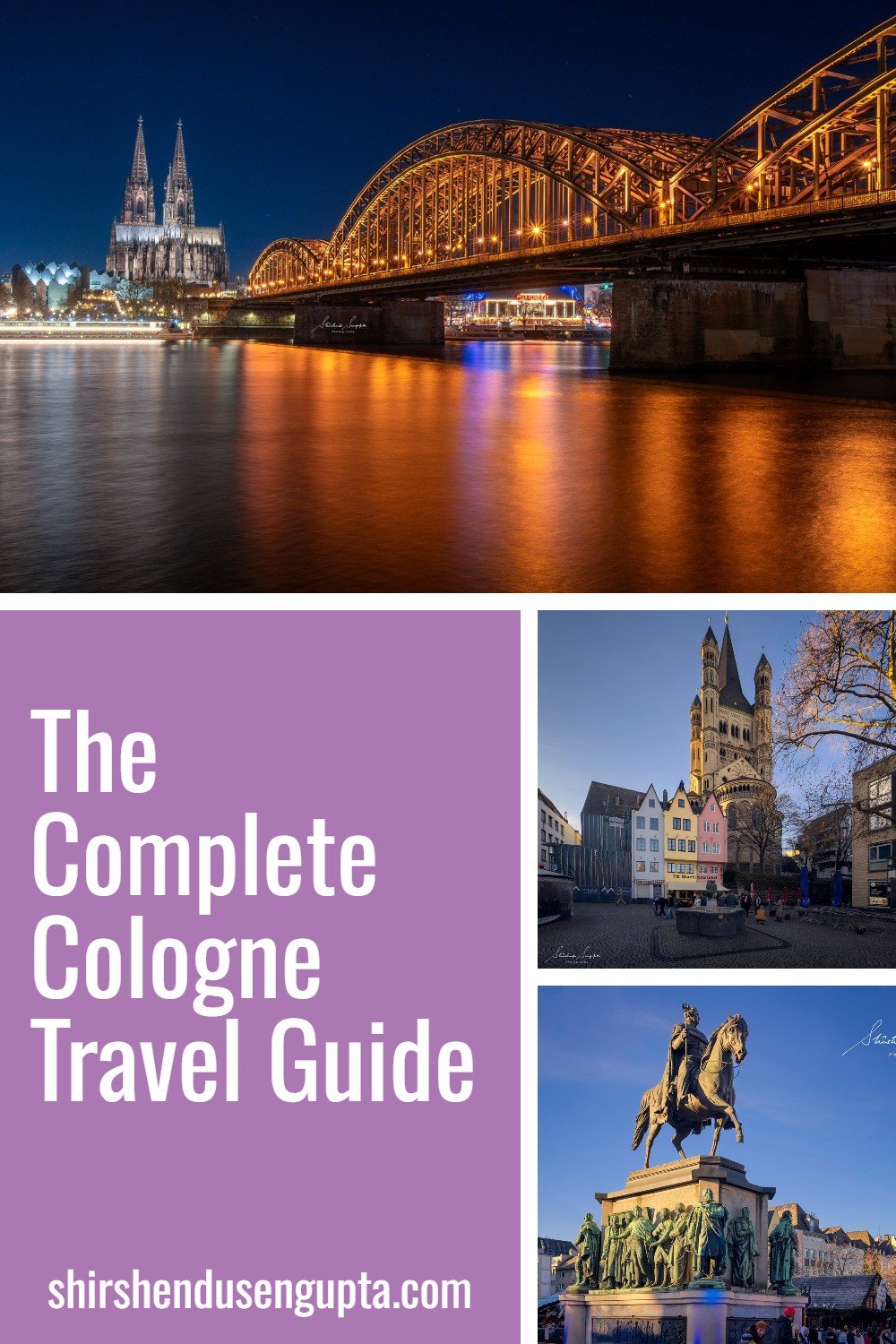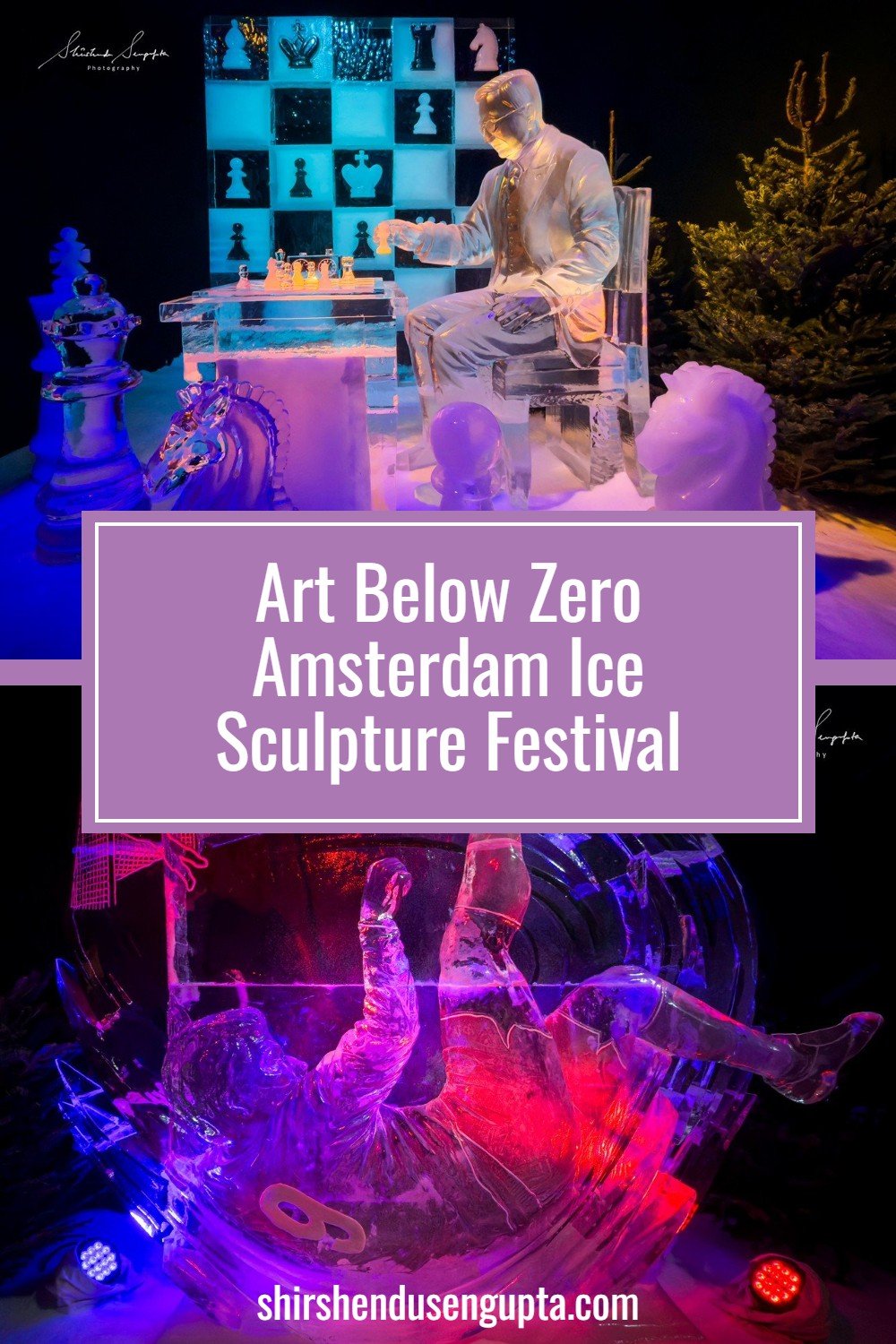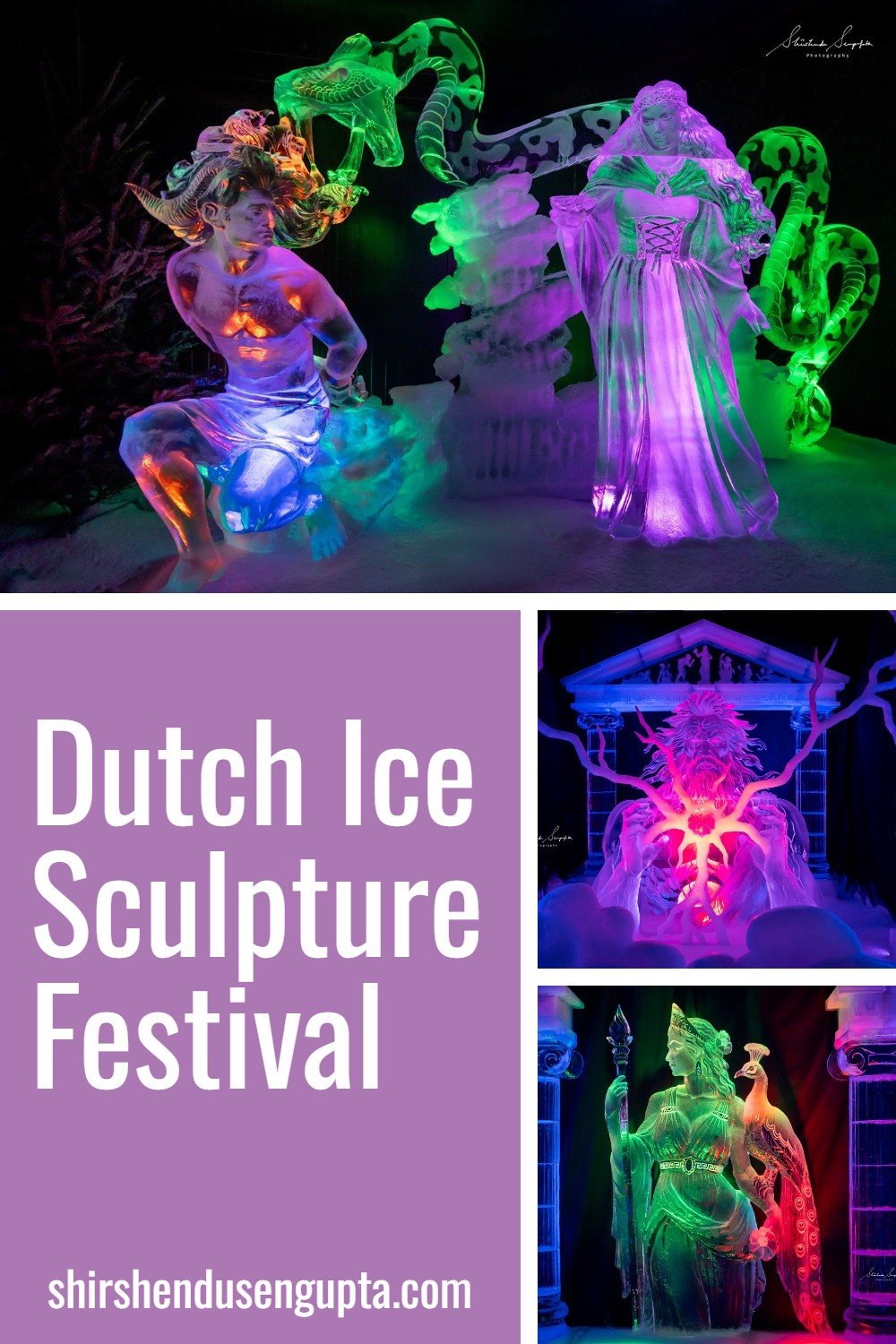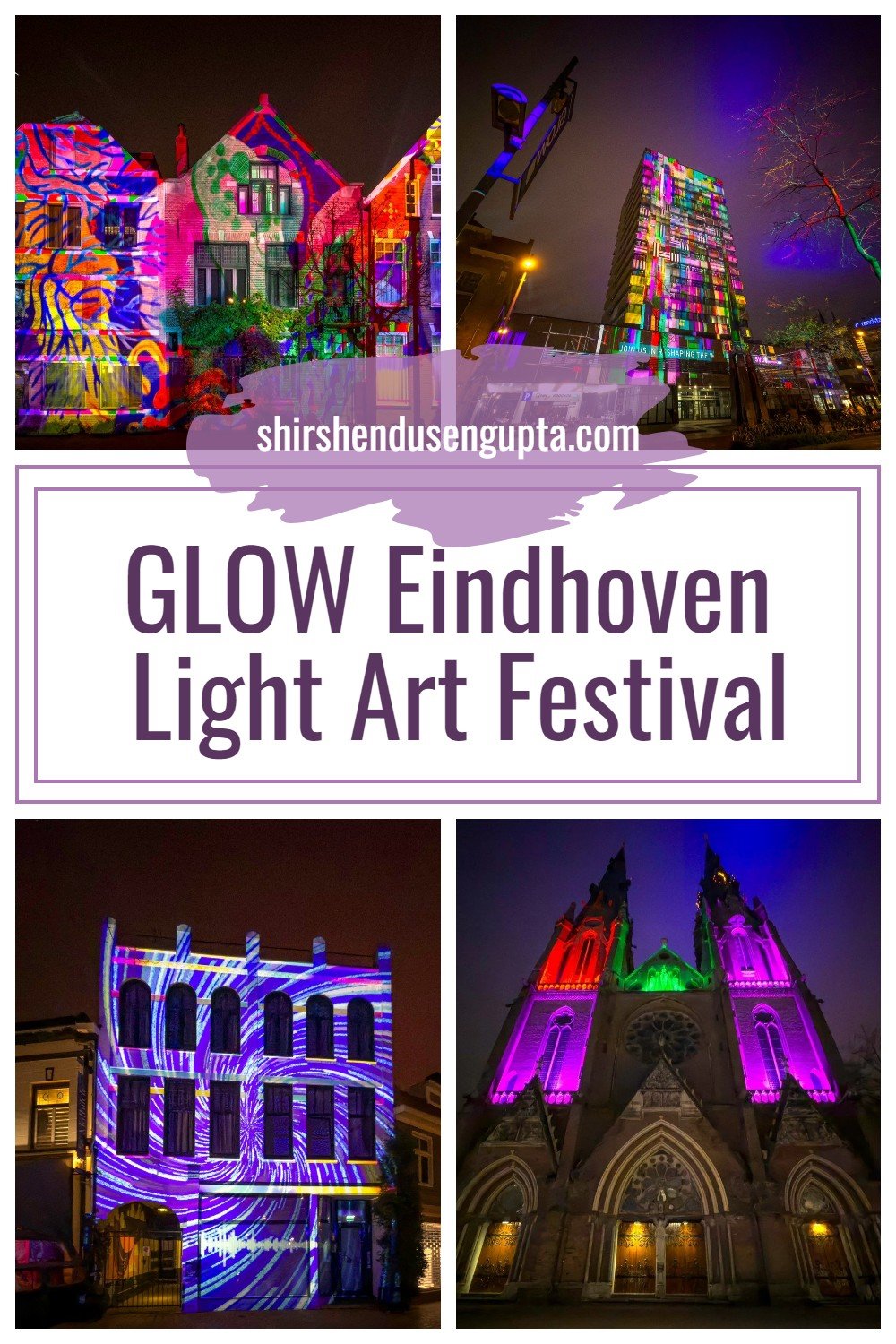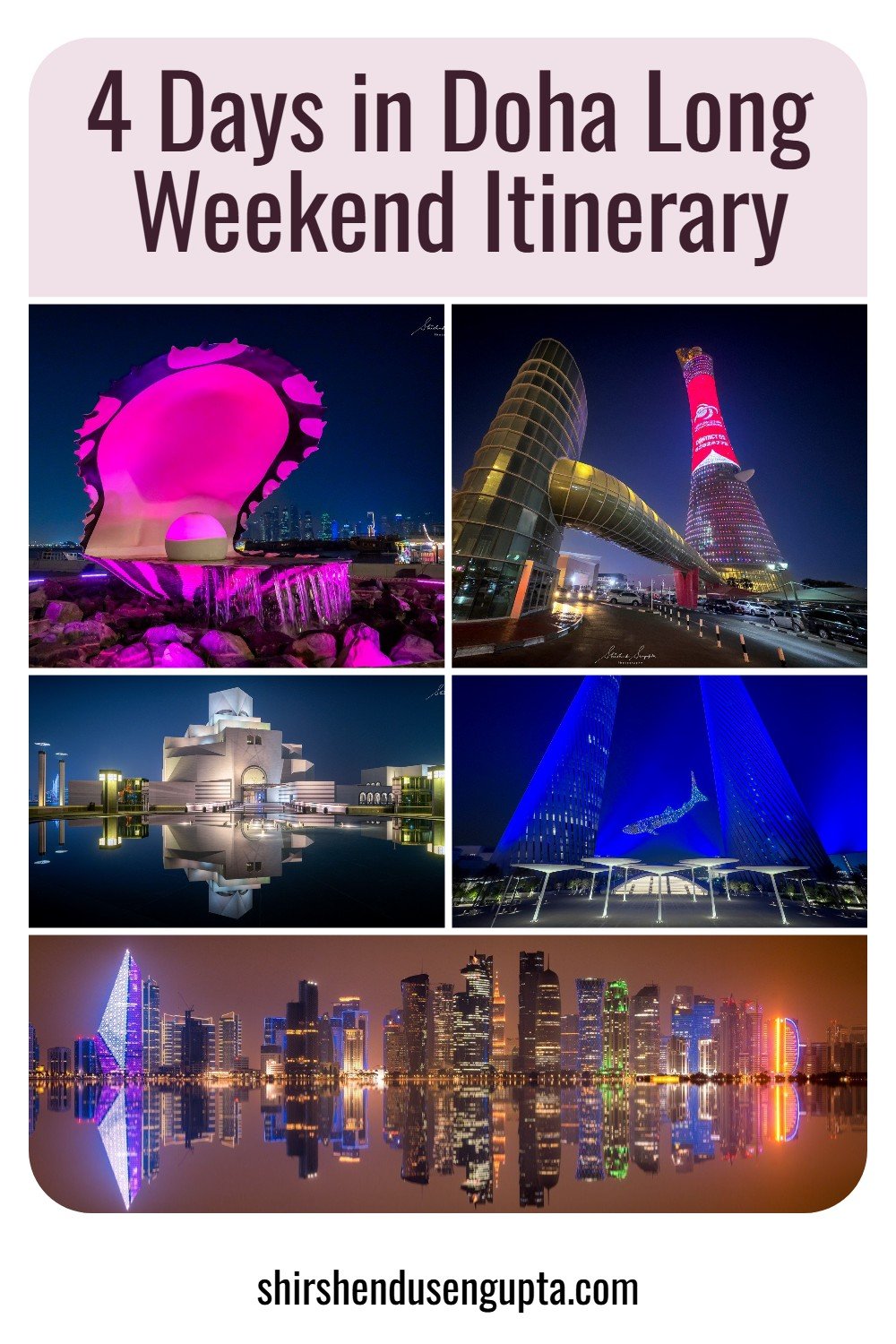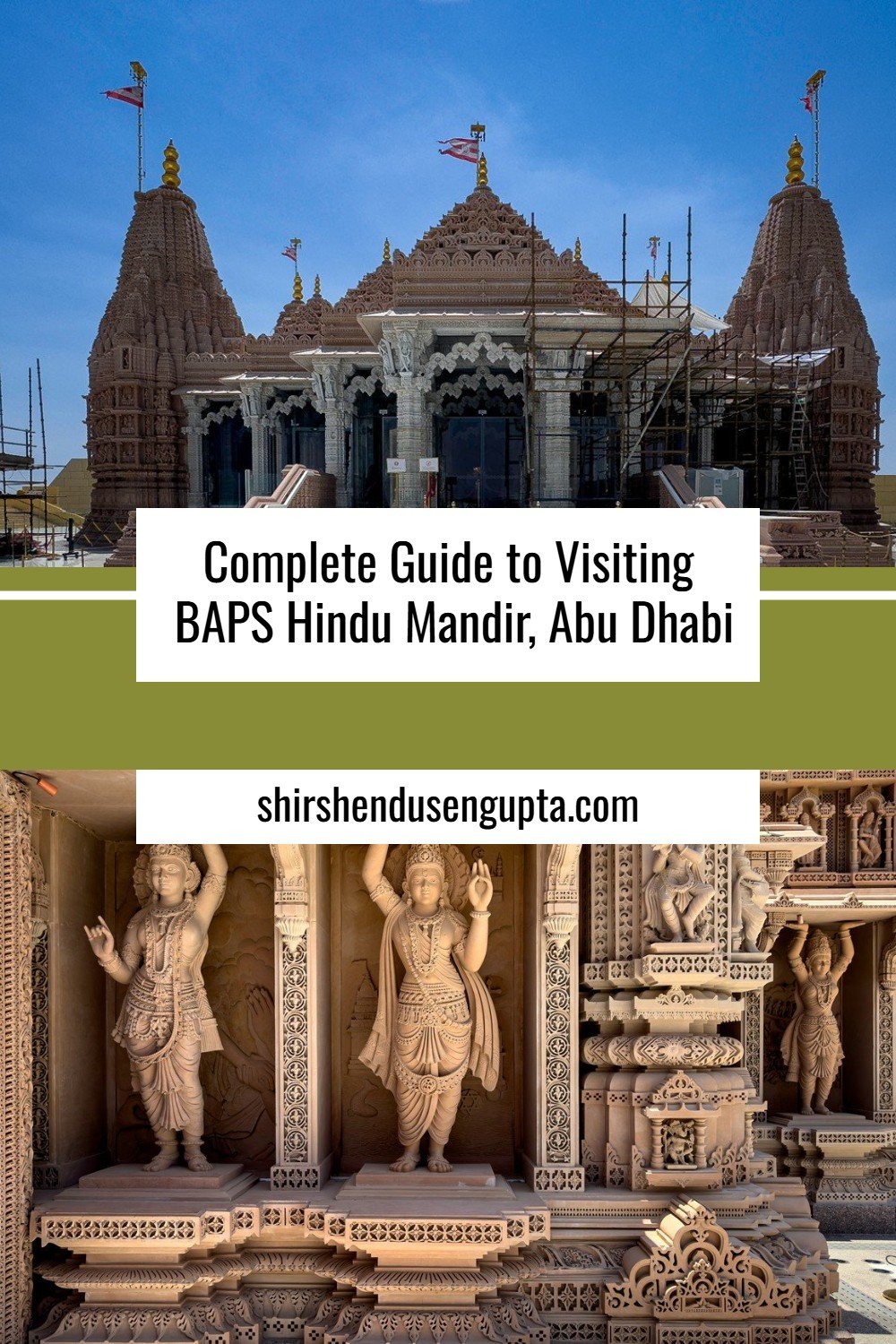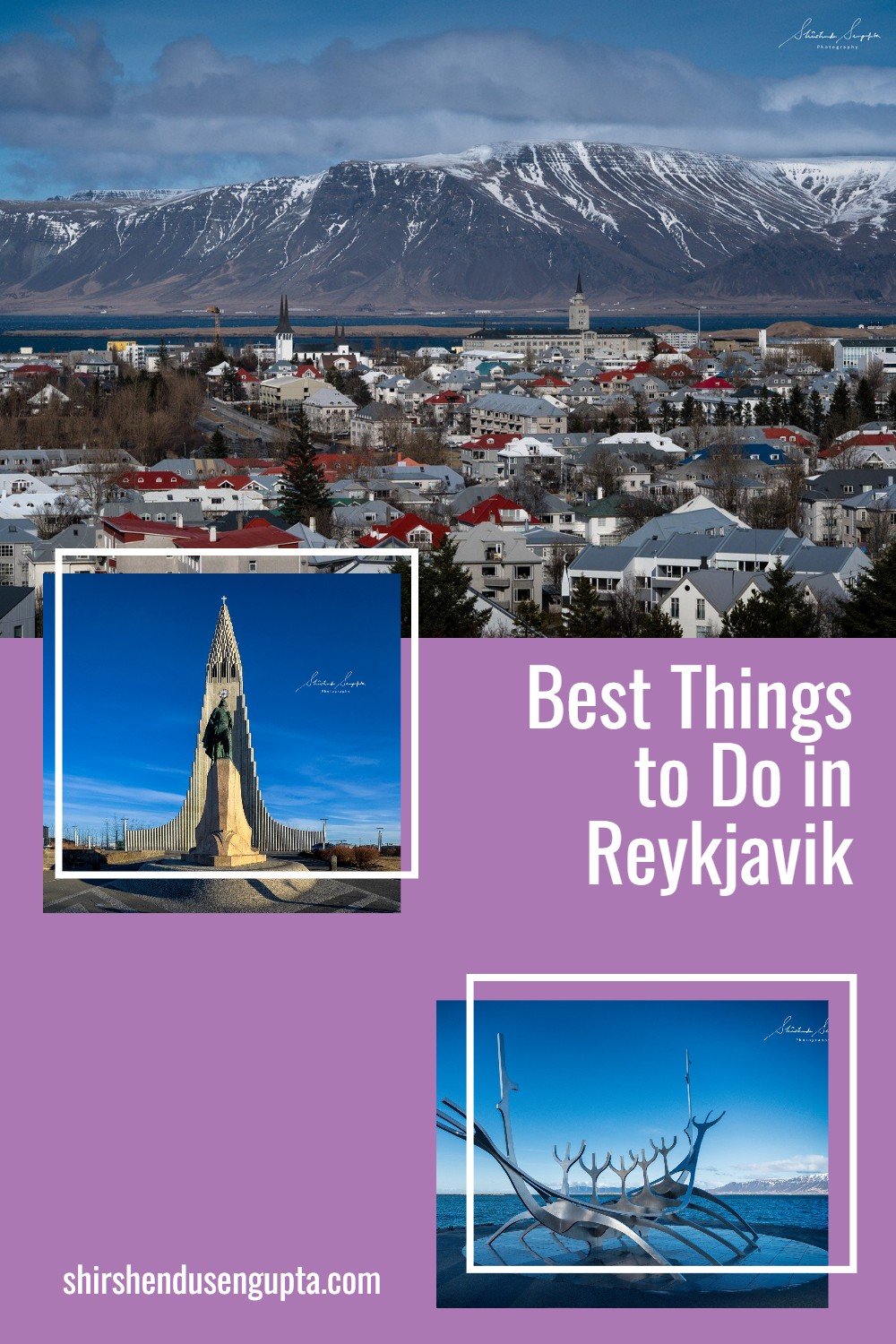18 Best Places to Visit in Budapest | 18 Must See Tourist Attractions in Budapest | Top 18 Things to See and Do in Budapest over a Weekend Getaway
Welcome to Budapest
From dramatic history and flamboyant architecture to therapeutic thermal springs and an unrivaled nightlife in Eastern and Central Europe, Budapest has something for everyone. Bisected by the Danube, Budapest is recognized as one of the most beautiful capital cities in the world, with baroque, neoclassical, and art nouveau architecture such as Buda's medieval Castle Hill, the 19th-century Chain Bridge, and St. Stephen’s Basilica lying on both sides of the river.
On November 17, 1873, the historic merger of the independent cities of Buda and Pest, which had previously occupied the west and east banks of the Danube, respectively, resulted in Budapest. The Buda and Pest sides of the Danube are still referred to as the Buda and Pest sides, respectively, with the Buda side covering the steep landscape and the Pest side covering the urban area.
Today I’m going to take you along with me on a ride across the 18 best places to visit in this beautiful city that can be done over the weekend. Let the journey begin!
18 Best Places to Visit in Budapest
1. Hungarian Parliament
The National Assembly of Hungary meets in the Hungarian Parliament, a remarkable example of Neo-Gothic architecture with Renaissance and Baroque elements. It is one of Europe's oldest parliamentary buildings, having been built in 1896. It is now Hungary's largest and tallest structure. There are 691 interior chambers, 10 courtyards, 88 Hungarian ruler sculptures on the exterior, and 12.5 kilometers of staircases in this building. Inside King Steven's crown jewels are on display, as are chambers packed with art and crafts from all over the world. But whatever you do, don't miss passing by the building at night, when it's illuminated up like a Disney castle.
2. Buda Castle and the Castle District
Buda Castle is a medieval castle and palace complex in Budapest that was first erected in 1265 by the Hungarian rulers. It was once known as the Royal Palace and the Royal Castle. Buda Castle is located on the southernmost point of Castle Hill, and is bordered on the north by the Castle District, which is noted for its Medieval, Baroque, and 19th-century residences, churches, and public buildings. It is now a component of the Budapest World Heritage Site, which was established in 1987.
Over the course of seven centuries, the old Royal Palace has been razed and rebuilt at least half a dozen times. King Béla IV of Hungary built the original royal house atop Castle Hill between 1247 and 1265, and following kings added to it. In the war to overthrow the Ottoman Turks in 1686, the palace was leveled; the Habsburgs reconstructed it but spent relatively little time here. The Hungarian National Gallery, the Castle Museum, and the National Széchenyi Library are all housed in the Royal Palace today. From the Buda Castle Terrace, you can get breathtaking views of the Hungarian Parliament, Chain Bridge, and the Pest side.
3. Matthias Fountain
Matthias Fountain is a massive fountain group located in Buda Castle's western Hunyadi forecourt. This Neo-Baroque masterpiece of Alajos Stróbl, popularly dubbed as the 'Budapest Trevi Fountain' is one of the most photographed landmarks in the Hungarian capital.
Matthias Fountain's narrative is a tragic, dramatic love story that symbolizes the human heart's never-ending search for happiness. According to mythology, Hungary's King Matthias Hunyadi was frequently disguised in order to see the true state of the Hungarian Kingdom. One day he went hunting in disguise where he encountered a lovely peasant lady named Beautiful Little Helen (Szep Ilonka) and fell in love at first sight. But upon learning that he was Hungary's king, Szeo Ilonka realized their love could never be complete and completed in marriage, and died of a broken heart.
On the right side of the Matthias Fountain, Szep Ilonka is seen softly caressing a frail young deer while observing the hunters in admiration. The top figure is King Matthias, who stands proudly with his deadly bow and arrow on the great rock near the spring where he shot the stag, looking over his country in full victory. His three dogs arrived to drink fresh spring water, but his huntsmen's aids, like the dogs, are on the lookout, one of them ready to sound his hunting horn. The calm sitting figure on the left is the royal historian, documenting the story of King Matthias.
4. Trinity Square
The Holy Trinity Square, established in the 17th century as the center square of the Castle District, is one of Budapest's oldest and most attractive squares. In the center of the square, the Baroque-style Trinity statue remembers the victims of the 1691 plague pandemic. The Mathias Church, encircled by the turrets and walkways of the Fishermen's Bastion, dominates the right half of the square.
5. Trinity Column
The Holy Trinity column that honors the residents of Buda who perished during the two outbreaks of the Black Plague that devastated Europe in 1691 and 1709, killing 30-60% of Europe's population, stands in the middle of Trinity Square, near Matthias Church and Fisherman's Bastion. The foundation stone was put in 1700 because people believed that raising a column would keep the plague away. Despite the first pillar being erected in 1706, the plague returned to Budapest three years later, necessitating the construction of a new, larger plague pillar to keep the plague at bay at all costs. Because the plague never reappeared after 1709, residents felt the Holy Trinity Statue had done its duty.
The Holy Trinity is depicted in the carving on the top of the column. Below this, the entire column is adorned with smaller sculptures of angels, cherub-like figures, and bigger statues of saints, while the central sculpture depicts a biblical scene of King David begging God to spare his people from a plague outbreak.
6. Matthias Church
Matthias Church is a Roman Catholic church built by Saint Stephen, the King of Hungary in the Buda Castle District in 1015 which was later destroyed by the Mongols in 1241, and rebuilt in the second half of the 13th century. Matthias Church was originally named "The Church of Mary" or "The Church of Our Lady." It was renamed after King Matthias in the 19th century after he approved the renovation of the original southern tower.
7. Equestrian statue of St. Stephen in front of Matthias Church
From 1000 or 1001 until his death in 1038, Stephen I, commonly known as King Saint Stephen, was the first King of Hungary. Stephen was regarded as one of Hungary's most influential statesmen throughout its history. His primary accomplishment was the building of a strong Christian state with harsh penalties for those who disobeyed Christian traditions. Stephen founded at least one archbishopric, six bishoprics, and three Benedictine monasteries in Hungary, allowing the Church to expand independently of the Holy Roman Empire's archbishops.
8. Fisherman’s Bastion
The Fishermans Bastion, located next to the Matthias Church, is a neo-Gothic terrace erected in 1905 by Frigyes Schulek that offers some of Budapest's best views. The fish market was close in medieval times, and the bastion was built to honor the fishermen who guarded this stretch of the castle wall. The seven tent-like turrets represent the seven Magyar (Hungarian) tribes who settled in the Carpathian Basin in 896.
9. Széchenyi Lánchíd (Chain Bridge)
One of Budapest's most well-known landmarks is the Chain Bridge. The majestic suspension bridge was built across the Danube in the nineteenth century to unite Pest and Buda, which were still independent cities at the time. The Széchenyi lánchd, or Chain Bridge, is named after count István Széchenyi, who was the main force behind the bridge's construction. He was a theoretician, writer, and politician, and one of Hungary's best statesmen. Széchenyi, a distinguished statesman, resolved to build a permanent bridge across the Danube after the count missed his father's funeral when the ferry service across the Danube was interrupted owing to inclement weather.
During the 'Hungarian Revolution' or 'War of Independence' from Austrian Habsburg authority in 1848, the Austrians attempted to destroy the Chain Bridge. However, during the 'Seige of Budapest' in 1945, near the end of World War II, the bridge was blown up by retreating Germans in an attempt to block the Red Army's progress. After the war, the bridge was one of the first to be reconstructed, and it reopened in 1949. The current bridge is a near-identical replica of the original.
10. Cipők a Duna-parton (Shoes on the Danube Bank)
A memorial in Budapest called "Shoes on the Danube Bank," conceived by film director Can Togay, was erected on the east bank of the Danube River (Pest side) in 2005 and consisted of sixty pairs of iron shoes created by sculptor Gyula Pauer to honor the 3,500 people killed by fascist Arrow Cross militiamen in Budapest during World War II, 800 of whom were Jews. They were told to remove their shoes before being shot along the water's edge, causing their bodies to fall into the river and be taken away. It symbolizes their shoes, which were left on the shore.
11. Zrinyi Street
Zrnyi Street is a full-fledged urban genre picture of Budapest, with people moving about, beautiful flowers draped from lampposts, seats for relaxation, bikes pushed up against trees, and tempting restaurants, clubs, and businesses. This cobblestoned pedestrian route spans from the Basilica to the Danube bank, ensuring that delightful strolls are never far away. In the evenings, the street is bustling with people on their way to Tokio, Kraft, or Ötkert.
12. St. Stephen's Basilica
The St. Stephens Basilica is Budapest's most impressive and gorgeous church. It lies in the heart of Budapest and is a must-see for anybody visiting the Hungarian city. After more than 50 years of building, the Basilica was finished in 1905. When the dome collapsed in 1868, the builders had to rebuild it from the ground up. The design was guided by three prominent architects, two of whom died before the project was completed. St. Stephen's was regarded so strong once it was completed that it was used to shelter crucial documents and artwork during World War II bombings. St. Stephen's Square was remodeled in 2002 to become part of a new pedestrian area. The church's exterior was completely cleaned and refurbished in 2003.
13. Hősök tere (Heroe’s Square)
Heroes' Square (Hsök tere) was built in 1896 to commemorate Hungary's thousandth anniversary. It is the city's largest and most spectacular square. Heroes' Square, near the end of Andrássy Avenue (a UNESCO World Heritage Site) and next to City Park, is one of Budapest's most popular tourist attractions. The Millennium Monument, which stands in the center of the square, was built to honor the Magyars' 1000-year history. Atop a stone pillar, the holy crown, and the double cross of Christianity are held by Archangel Gabriel in the same way as the founder of the Kingdom of Hungary, St. Stephen did in his sleep according to a legend. On the stand below, you may observe the seven chieftains who led the Magyar tribes to Hungary. In the front is Arpad, considered the founder of the Hungarian nation. On either side of the center, statues of monarchs and other significant historical characters stand atop the colonnades.
14. Vajdahunyad Castle inside the City Park
This huge castle, based on Count Dracula's Transylvanian gothic castle, was built in 1896 on an artificial island in the midst of Budapest's City Park, the city's largest park, as part of Hungary's millennial festivities (commemorating one thousand years since the medieval Magyars first settled on the plains of Pannonia). It was built out of wood and cardboard with the intention of becoming a temporary show. The attraction, however, was so popular with both locals and visitors that a larger permanent building was built in 1904. The Hungarian Museum of Agriculture is now housed in the castle, which is a prominent tourist destination in the city.
15. Jáki kápolna (Ják chapel) inside the City Park
The Ják chapel, just a few meters from the castle's gate, is a very charming tiny chapel. The Ják chapel in Budapest's city park is an exact replica of the Ják Benedictine Abbey's entryway. In 1214, this medieval church was discovered in Ják, a small town in Hungary's western Transdanubia area, some 10 kilometers south of Szombathely and close to the Austrian border. The chapel's exterior is elegantly ornamented with Romanesque sphinxes and holy figures. Ják chapel (Jaki Kapolna) is a popular summer wedding venue among locals.
16. Anonymous Statue inside the City Park
The earliest medieval Hungarian chronicler, Anonymous, is commemorated by a statue in City Park, near the courtyard of Vajdahunyad Castle. Miklós Ligeti, a modern sculptor, pays homage to the anonymous storyteller in his work. What distinguishes his art is that he is able to portray a significant historical figure while concealing his face under a hood. The work of Anonymous gives us a glimpse into medieval Hungary. His records were signed as 'the notary of the most glorious King Béla,' but it isn't enough to identify him because there were four monarchs named Béla in the 12th and 13th centuries, so he will remain unidentified for the time being.
17. Central Market Hall
The Central Market Hall, Budapest's largest indoor market, was built near the end of the nineteenth century. On the main floor, you'll find a big assortment of sausages, meats, cheeses, fruits, and vegetables, among other things. Food kiosks and sellers offering handicrafts, apparel, embroidery, chessboards, and other items may be found on the second floor. A fish market, a small Asian grocery store, a supermarket, and a small drugstore are all located in the basement. The Central Market Hall also exhibits the food and cuisine of a foreign country on International Gastro Days (held on Fridays and Saturdays) while emphasizing on Hungarian products.
18. Other Places to Visit in Budapest
If you have time after visiting all of the places listed above, I recommend paying a visit to the Gellért Spa and the Széchenyi Thermal Bath, Europe's largest thermal spring facility, capable of handling thousands of bathers at a time in its 3 outdoor pools and 15 indoor pools, the Budapest Zoo and Botanical Garden, one of the world's oldest still-operating zoos, and Margaret Island, 2.5-kilometer-long island in the middle of the Danube, surrounded by parkland and leisure facilities.
Visiting Budapest
Best Time to Visit: The months of April through June (spring) and September through October (autumn) are the ideal times to visit Budapest because of the pleasant weather and low number of tourists in the city. Because of the nice weather, you can comfortably engage in outdoor activities. We visited Budapest over a weekend to celebrate my son Ricky’s 4th birthday in October 2016.
Number of Days to Stay: We advise spending at least three to four days in Budapest to properly experience all of its attractions. This will give you plenty of time to see the main attractions, immerse yourself in the local way of life, and even plan day trips to other places of interest.
Best Place to Stay: Budapest has a large selection of lodging choices to accommodate different spending limits and tastes. Staying in the ancient Castle District (District I) will put you close to sights like Matthias Church and Buda Castle, making it an unforgettable experience. On the other hand, lodging close to the Danube River in the city center (District V) offers quick access to important sites like the Chain Bridge and the Parliament Building. District VII (Jewish Quarter) has a buzzing nightlife scene, stylish cafes, and ruin bars if you're looking for a livelier vibe. We stayed in the Castle District.
Best Way to Arrive: Flying into Budapest Ferenc Liszt International Airport is the most practical way to get to Budapest. You can then use public transportation, a shuttle bus, or a cab to get to your lodging. Direct flights from numerous European cities, as well as from North America and other continents, are offered by numerous major airlines to Budapest. We flew into Budapest from the Netherlands, stayed there for three days, and then flew back to the Netherlands.
Best Local Mode of Conveyance: Budapest has an efficient and extensive public transportation system, including buses, trams, metro, and suburban railways. With three main lines that cover most of the key regions, the metro is especially helpful for getting around the city fast. The tram system also offers beautiful routes through the city's districts and along the Danube River. Think about getting a Budapest Card, which provides discounts to numerous attractions and unlimited use of public transit. Exploring the city center on foot is a wonderful way to take in its picturesque streets and stunning buildings. We also used taxis which are abundantly available on the streets.
Epilogue
So that brings us to the end of our journey across the 18 best places to visit in Budapest. Please let us know in the comments below if you enjoyed reading this article. And until we meet next time, I wish you merry traveling and happy shooting!
Pin the article
Bookmark the article for reading later!
Want to license/buy photos in the article?
License photos for commercial/editorial use or buy photo prints!
Want us to write an article for you?
Articles for magazines, newspapers, and websites!
Watch our Videos
Check out our videos on our Youtube Channel!
Join the Newsletter
Get updates on our latest articles!
We respect your privacy. Read our policy here.









